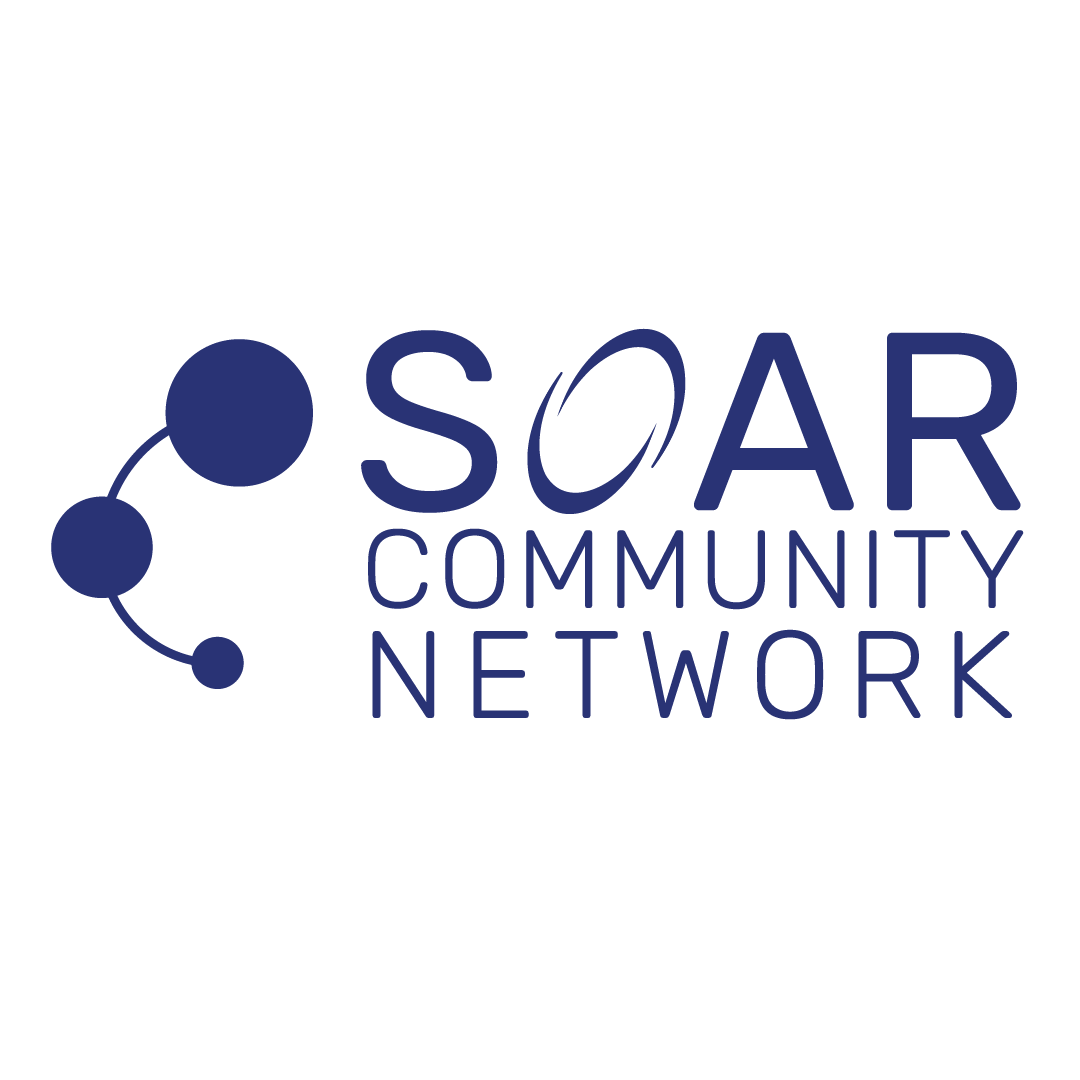Introduction
In the rapidly evolving corporate world, the significance of a clearly articulated organizational purpose, mission, vision, and values cannot be overstated. These foundational elements are not mere words on a website; they are the guiding stars that shape an organization’s identity, influence decision-making, and inspire employee engagement. For executive teams, the responsibility of defining, aligning, and effectively communicating these elements is crucial in ensuring that every team member, from the boardroom to the frontline, is aligned with and committed to the organization’s strategic priorities and goals. This article delves into the importance of this executive responsibility, citing reputable sources to underscore its impact on organizational success.
The Foundation of Organizational Alignment
An organization’s purpose, mission, vision, and values serve as a compass, providing direction and clarity to its operations and strategies. The Harvard Business Review emphasizes the role of purpose in offering a sense of meaning and defining the organization’s core reason for being. Similarly, the mission and vision statements provide a roadmap for the future, setting clear objectives and aspirations.
The Role of Executive Teams
- Defining Purpose, Mission, Vision, and Values: Executive teams must engage in introspective and strategic discussions to define these elements authentically and inspiringly. This process often involves deep reflection on the organization’s history, its current market position, and future aspirations.
- Aligning Organizational Strategy with Core Values: As highlighted in a McKinsey & Company report, the alignment of strategy with core values is essential for long-term success. Executives must ensure that strategic decisions and policies are congruent with the organization’s defined purpose and values.
- Communicating Effectively to the Entire Organization: Effective communication is key. According to Forbes, organizations that communicate their purpose, mission, vision, and values effectively are more likely to engage their employees deeply.
- Engaging Employees in the Vision: Employee engagement is critical in bringing the organization’s purpose and vision to life. A Gallup study shows that organizations with highly engaged employees have higher earnings per share.
- Building a Culture Aligned with Organizational Values: As per a Deloitte study, a strong corporate culture aligned with core values leads to increased employee satisfaction, loyalty, and productivity.
Best Practices for Executives
- Regular Communication and Reinforcement: Regularly communicate the organization’s purpose, mission, vision, and values through various channels and ensure they are visibly integrated into all aspects of the business.
- Inclusive Leadership and Participation: Foster a culture where employees at all levels are encouraged to participate and contribute towards the organizational vision, as advised by the Center for Creative Leadership.
- Training and Development: Invest in training programs that align with and reinforce the organization’s core values, enhancing employees’ understanding and commitment.
- Performance Management Alignment: Align performance management systems with the organizational values to reinforce these principles in daily operations, as suggested by the Society for Human Resource Management.
- Continuous Evaluation and Adaptation: Regularly assess and adapt the organization’s purpose, mission, vision, and values to stay relevant and responsive to changing market dynamics.
Challenges and Considerations
Implementing these practices is not without challenges. Resistance to change, communication barriers, and aligning diverse views into a cohesive vision are some of the hurdles that executives might face. Overcoming these challenges requires a commitment to transparency, continuous dialogue, and an inclusive approach.
Conclusion
The role of executive teams in mapping and communicating the organizational purpose, mission, vision, and values is pivotal in ensuring alignment and commitment to organizational goals. By effectively undertaking this responsibility, executives can foster a culture of engagement, purpose, and high performance, ultimately driving organizational success.
References
- Harvard Business Review, “The Business Case for Purpose”
- McKinsey & Company, “Aligning Strategy and Values”
- Forbes, “The Importance of Purpose in Effective Leadership”
- Gallup, “State of the Global Workplace Report”
- Deloitte, “Global Human Capital Trends”
- Center for Creative Leadership, “Leading with Purpose”
- Society for Human Resource Management, “Effective Performance Management”

